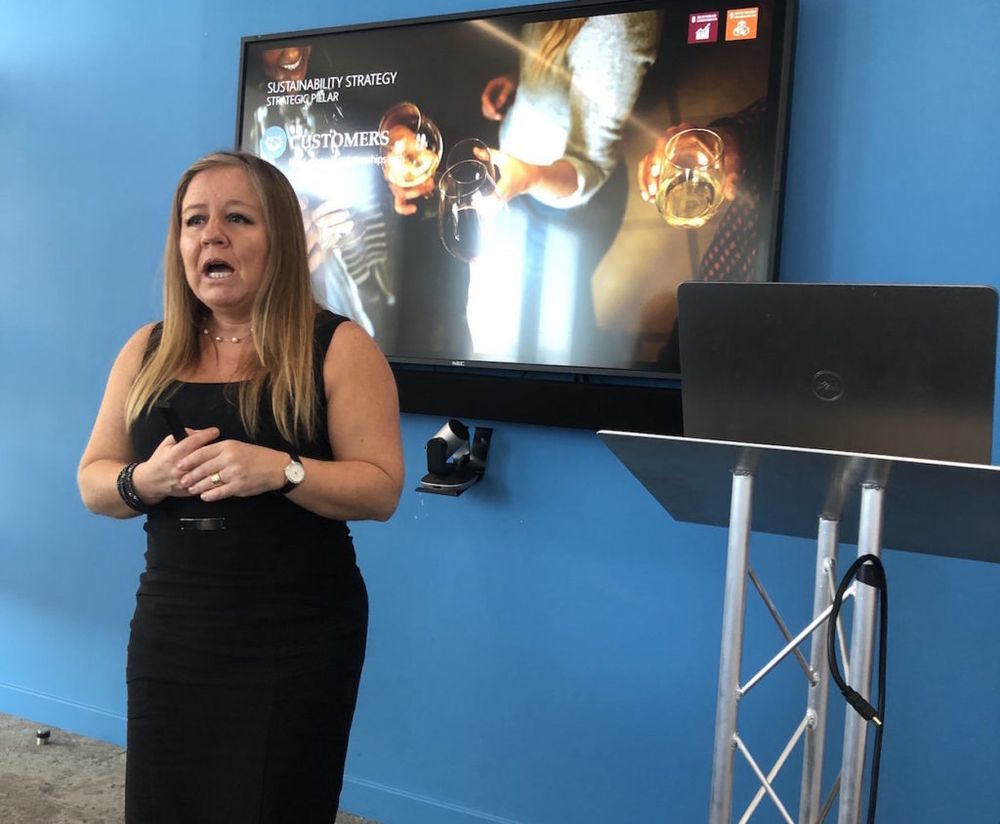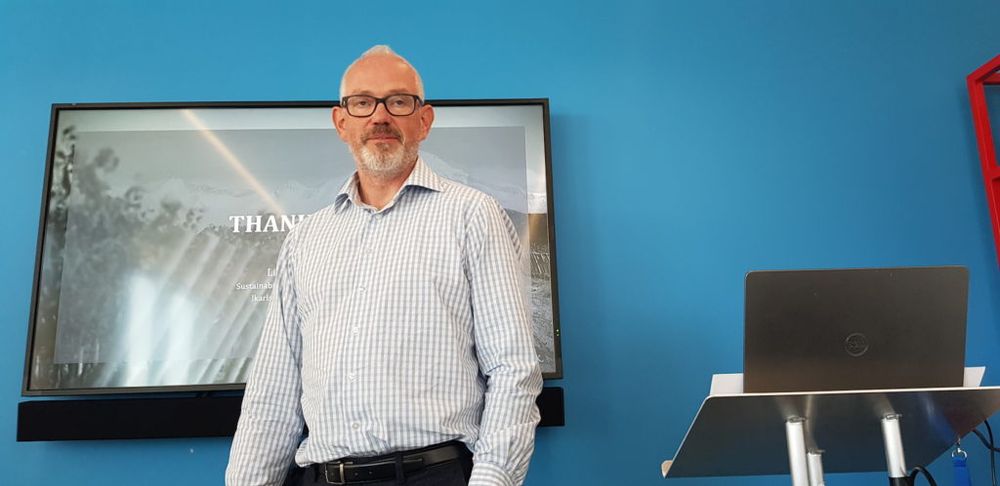Concha y Toro is the first wine brand to measure and publish its ‘water footprint’, at 48 litres per glass, against an industry benchmark of 109 litres, says Kermode.
Take a cursory look at any report on consumer behaviour, or prediction for global trends, and one word runs through it like a stick of rock: sustainability. Dig a little deeper, and it is quite clear that shoppers are also prepared to walk away from a brand that doesn’t deliver the goods when it comes to being green.
Check out the TV schedules and you can scarcely move for high-rating shows that implore us to think more carefully about our consumption and its impact on the planet. When a recent investigation found British landfill waste illegally dumped in Malaysia, the picture of a supermarket bag flapping in the breeze became a toxic totem for that brand.
The message is simple: this stuff matters to people, so getting to grips with it is good business. If getting it right looks expensive, then getting it wrong is likely to cost a lot more in the long run.

The industry average water footprint of a glass of wine is a staggering 109 litres of water.
Putting sustainability at the heart of the business
Concha y Toro could so easily have found itself on the wrong side of this debate; an industry giant with its customers on the other side of the world; a relatively low margin product; a reliance on high volume sales in the most competitive part of the market. Seven years ago it took the decision to put sustainability at the heart of its business, a key pillar of its corporate strategy, with the mission statement “to give back in each bottle what the earth has given us”.

Putting sustainability at the heart of its business. Valentina Lira, the global head of sustainability for Concha y Toro
Attempting to turn those warm words into cold reality falls to Valentina Lira, the global head of sustainability for Concha y Toro, a billion dollar business operating in more than 140 markets, the fifth biggest wine business in the world and the second largest owner of vines.
The company uses the United Nations definition of sustainability: “to meet the needs of the present without compromising the ability of future generations to meet their needs”.
With its global business divided roughly into thirds between Europe, the USA/Asia/Australasia and Latin America, the company takes the UN’s 17 sustainability objectives, aiming to look at where its own operations around the world can ‘crosscheck’ against them. The strategy is broken down into six themes, with the product at the centre, surrounded by suppliers, customers, employees, society and the environment.

Greencroft currently handles around 50 million bottles per year for Concha y Toro’s stable of brands, with a goal of 80 million when its new state of the art ‘Greencroft Two’ facility comes on stream next year.
Whilst getting its own house in order, it is also enlisting the help of its 5,000 supplier and distribution partners around the globe to help deliver against its targets, with performance reviewed annually.
Concha y Toro aims to be 100% supplied by renewable energy by 2020, with a reduction of 40% in carbon emissions from its own operations, and 17% from its supply chain, by 2030, compared against 2017. It is also the first wine brand to measure and publish its ‘water footprint’, at 48 litres per glass, against an industry benchmark of 109 litres. The measure includes rain water absorbed by the plants, which would otherwise go into the soil.
Addressing the ‘elephant in the room’ – the wine bottle
If you’re serious about sustainability, you can’t ignore the bottle. Concha y Toro has invested in glass that’s around 15% lighter than its previous bottle, with the next generation, lighter still, currently in development.
“We have seen our suppliers very committed”, Lira tells us, “in fact, they have over-delivered.”
One such example is Greencroft, in County Durham, part of the Lanchester Group, which currently handles around 50 million bottles per year for Concha y Toro’s stable of brands, with a goal of 80 million when its new state of the art ‘Greencroft Two’ facility comes on stream next year.
“It was really a commercial move,” admits Adam Black, Greencroft’s project director, with refreshing honesty, “the simple fact is that we wanted to differentiate ourselves through sustainability. As a supplier, it is about doing our bit and seeking advantage from it and we make no apology for that. Lots of other companies could do this because these decisions deliver commercially.”

“The simple fact is that we wanted to differentiate ourselves through sustainability.” Adam Black, Greencroft’s project director.
The company uses wind turbines to power its bottling lines, generating sufficient power that it is able to sell a surplus, around 58%, into the national grid. It also uses solar panels, which Black assures us are “increasingly viable in the north-east of England.” In a UK first, Greencroft also uses pumps to take water from flooded coal mines to extract heat, something Black believes could trigger a revolution in energy use: “if the technology takes off, there are sufficient mine workings to supply the whole region’s heating needs.”
“Customers can send their wine through us and not increase their carbon footprint, which is something very important to Concha y Toro,” says Black.
Different markets, different attitudes to sustainability
Strikingly, consumer attitudes to sustainability appear to vary across different markets. “Different parts of the world have their own priorities,” Lira tells us, “for example, customers in the Nordic markets care much more about the social aspects of sustainability, where in the UK there is more focus on the environmental issues.”
In Sweden, Norway and Finland, access to the market depends on the monopoly providers, all of whom are setting stringent requirements around sustainability.
“Sweden leads the way,” according to Linda Karlsson, Concha y Toro’s sustainability lead for the Nordic regions, “where it goes, the other monopolies follow.” Bag in box, with its significantly lower environmental impact, already dominates these markets, but Karlsson thinks PET (polyethylene terephthalate, a form of polyester) could be next, “PET is currently just two per cent of the market in Sweden, but it will be interesting to see how the monopoly (System Bolaget) pushes it.”
With allegations of ‘greenwash’ regularly bandied about, Concha y Toro has adopted a relatively cautious, strategic approach, based on empirical evidence and record keeping, rather than bold claims about saving the world. Could that be about to change? Well, probably not, but the company clearly wants some attention for its efforts, not least to encourage others.
“Many people see sustainability as a cost,” says UK General Manager, Simon Doyle, “but it’s not, it’s an opportunity. It’s a differentiation.”
David Kermode is a wine presenter, writer, broadcaster, judge and consultant to the Lanchester Group with his own website vinosaurus.co.uk.










































